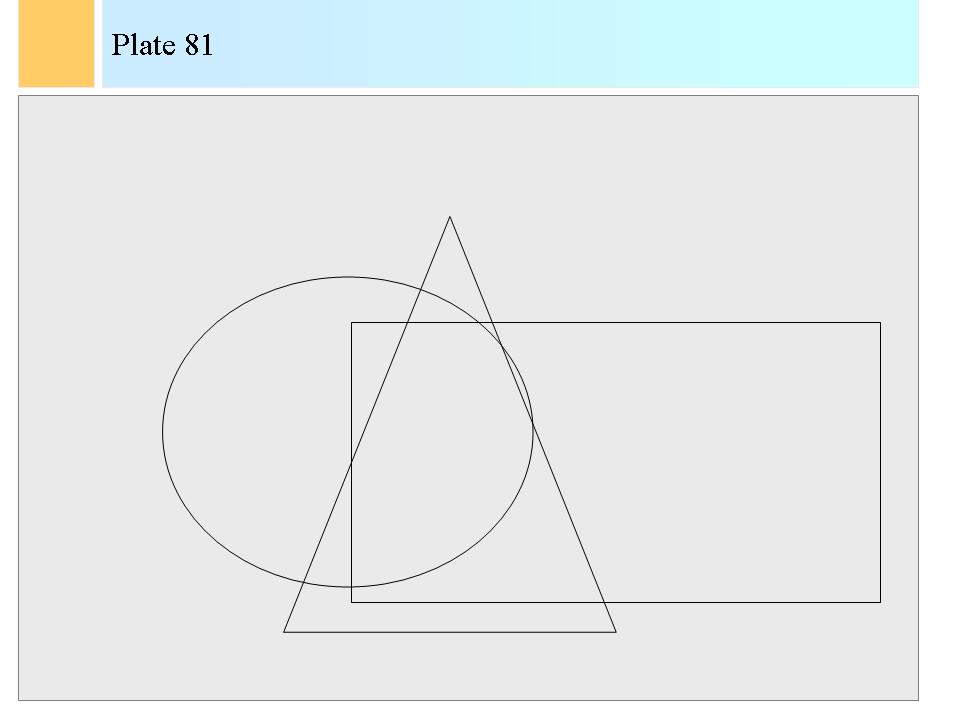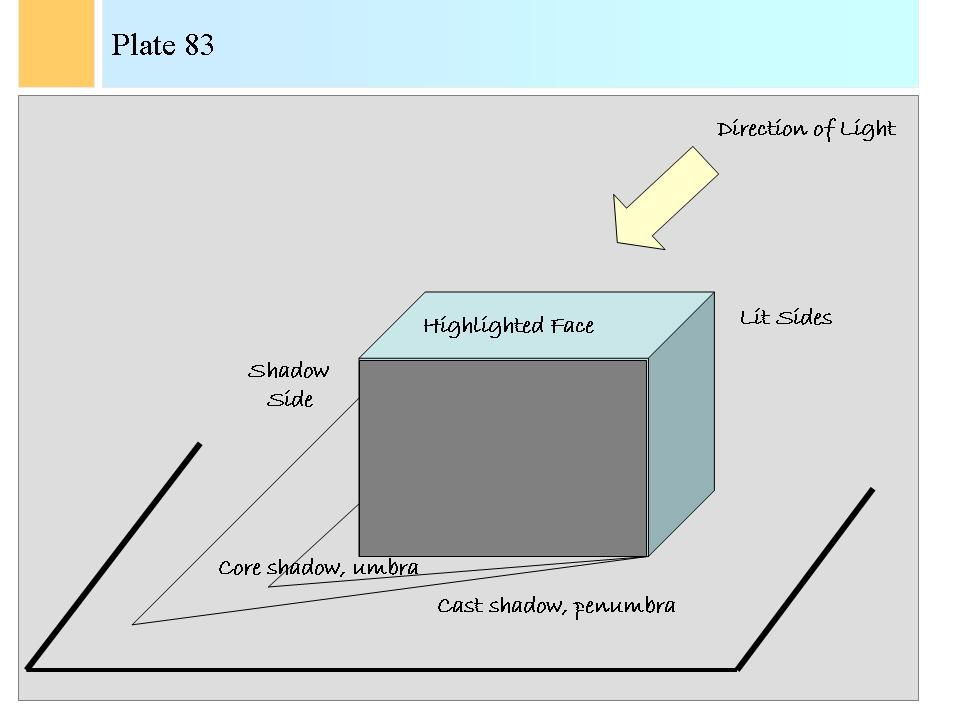

| Home | Introduction | Jesus | Mary | Apostles | Saints | Spiritual Themes | Genesis | Moses | Deuteronomic History | Educating Arte | Full new Screen |
 |
 |
 |
| Light Source: | White | White | White | Orange | Orange | Orange |
| Cube: | White | Green | Green | White | Green | Green |
| Surface: | White | White | Blue | White | White | Blue |
| . | . | . | . | . | . | . |
| Highlighted Face | Bright White | Bright Green | Bright Green | Bright Orange | Bright Brown hue | Bright Brown hue |
| Lit Sides | White | Green | Green | Orange | Brown | Brown |
| Shadow Sides | Grey | Reddish Grey | Reddish Grey | Orange shaded Grey | Brown tinted Grey | Brown tinted Grey |
| Core Shadow | Black | Reddish Black | Orange-tinted to yellowish Black | Violet tinted Black | Violet tinted Black | Dark orange tinted Black |
| Cast Shadow | Grey | Reddish Grey | Orange-tinted to yellowish Grey | Violet tinted Grey | Violet tinted Grey | Orange tinted Grey |
| Surface | White | White | Blue | Orange | Orange | Violet hue |
| Table - Plate 84 |
| Copyright: René Dewil | Back to the navigation screen (if that screen has been closed) | Last updated: October 2010 |
|
|
Copyright: René Dewil - All rights reserved. The electronic form of this document is copyright. Permission is granted for electronic copying, distribution in print form for educational purposes and personal use. If you do reduplicate the document, indicate the source as 'René Dewil - The Art of Painting - Copyright'. No permission is granted for commercial use and if you would like to reproduce this work for commercial purposes in all or in part, in any form, as in selling it as a book or published compilation, then you must ask for my permission formally and separately. |